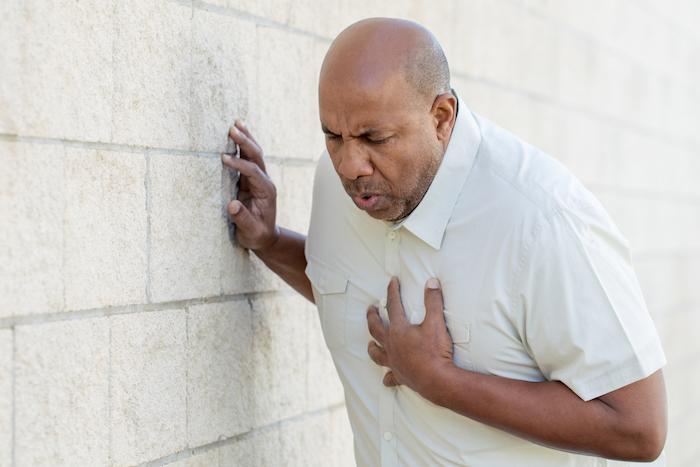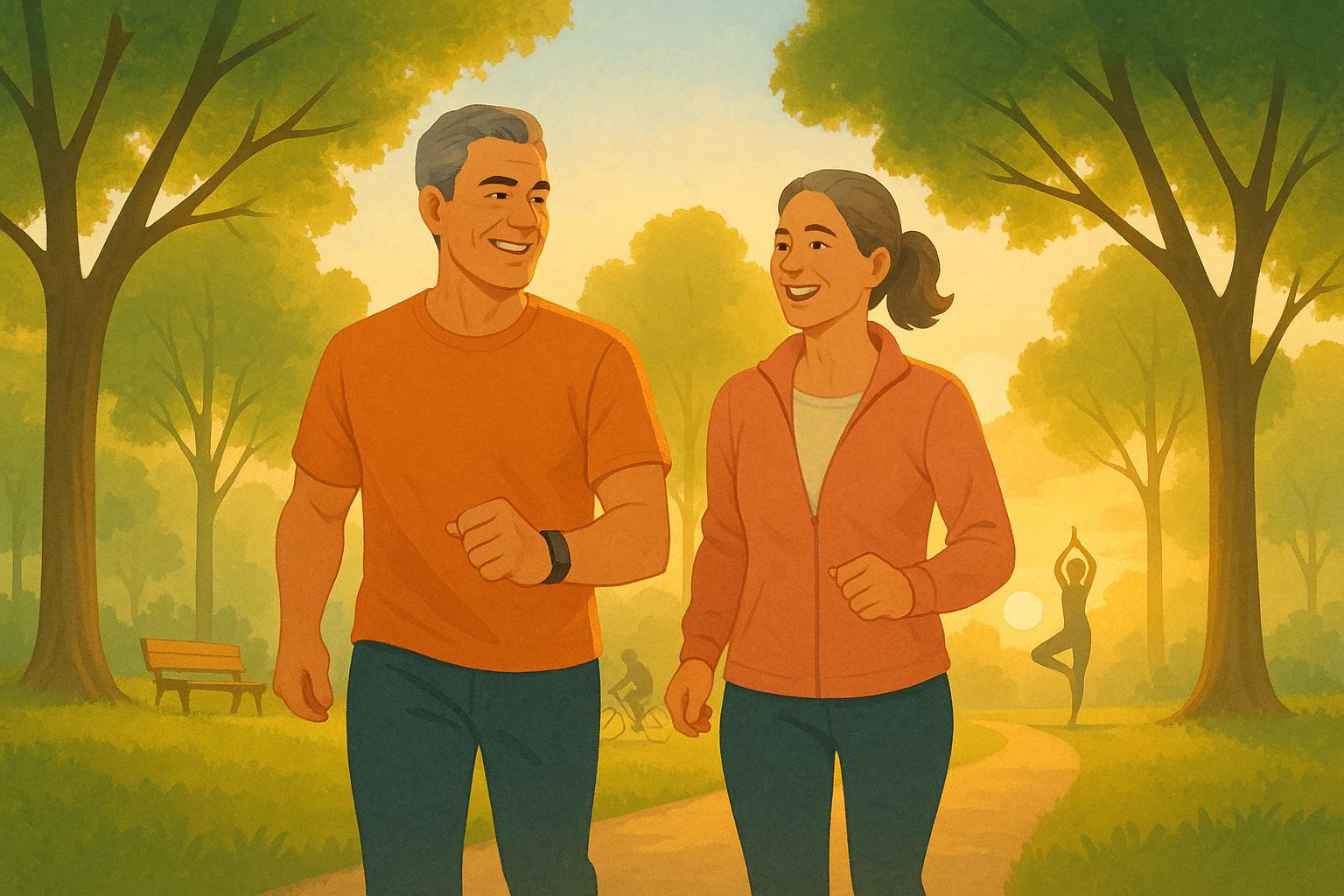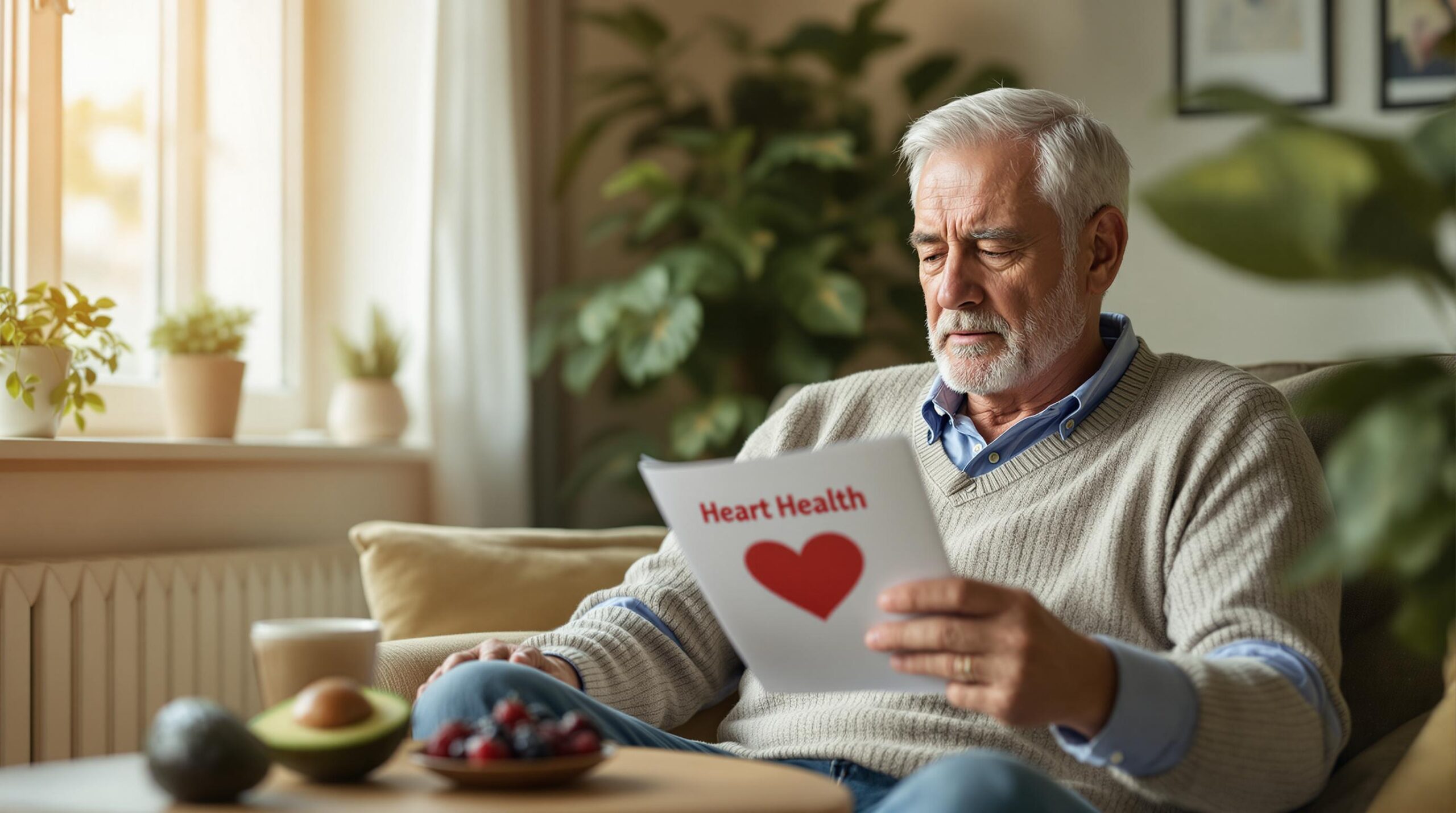Have you ever experienced chest pain? If you haven’t, odds are that you know someone who has, perhaps even recently. According to the government’s National Center for Biotechnology Information, chest pain has been the second-leading cause of emergency room visits in the United States in recent years, at over 8 million per year. Worldwide, chest pain affects 20-40% of the general population.
Like a lot of pain, chest pain varies in both severity and causes. There can be a big difference between the chest pain associated with heartburn versus what could point to cardiac arrest. But with so much variation, how can you tell the difference between chest pain caused by those spicy nachos and that caused by a heart attack, which more than 1 million Americans experience every year?
By learning the different causes of chest pain, you can hopefully determine when you need to head to the doctor. Given what’s at stake, you don’t want to take chances, however.
If you’ve been experiencing chest pain lately, come see us at Prime Heart and Vascular. Rishin Shah, MD and the rest of our team work with you to evaluate your pain and get you back to feeling your best. Dr. Shah is board certified in cardiovascular medicine, internal medicine, and interventional cardiology; he specializes in performing minimally invasive and effective treatment options for his patients.
What is chest pain?
Simply stated, you feel chest pain anywhere in your chest or torso. It can range from mild to excruciating and can last for various periods of time. The type of pain can also vary among the following:
- Sharp
- Dull
- Burning
- Aching
- Stabbing
- A tight, squeezing, or crushing sensation
Although commonly associated with heart issues, chest pain can be related to your stomach, lungs, and intestines as well. Chest pain can also trigger pain or discomfort in other parts of your body, like the neck, jaw, and arms. In fact, left arm pain is one of the signature signs of a heart attack.
What causes chest pain?
Chest pain can come from many sources, but the most serious cases often deal with the lungs and heart. Chest pain can develop from any of the following:
- Angina
- Pleurisy
- Pericarditis
- Injured ribs
- Heart attack
- Hypertension
- Sore muscles
- Collapsed lung
- Costochondritis
- Aortic dissection
- Pulmonary embolism
- Heartburn and digestive disorders
Chest pain is also associated with panic attacks and high-stress events. This type of chest pain can be accompanied by fast breathing, profuse sweating, shortness of breath, and a fast heartbeat.
Diagnosis and treatment
If you experience sudden, extreme chest pain, seek help immediately. If you have concerns about your heart health or have started to experience chest pain, see Dr. Shah. He’ll use effective diagnostic tools and techniques to determine the source of your chest pain. Strategies he may use include:
- Electrocardiogram
- Holter monitoring
- Echocardiogram
- Stress test
Treatment options will largely depend on the nature and severity of the diagnosis.
Do all you can to take the mystery out of your chest pain. Dr. Shah and the rest of our team at Prime Heart and Vascular will make sure you get the treatment you need, with three convenient locations in the Dallas-Fort Worth Metroplex.
Call the office nearest you, or use our handy online booking feature to schedule an appointment. You can also send a message to Dr. Shah and the team here on our website.





